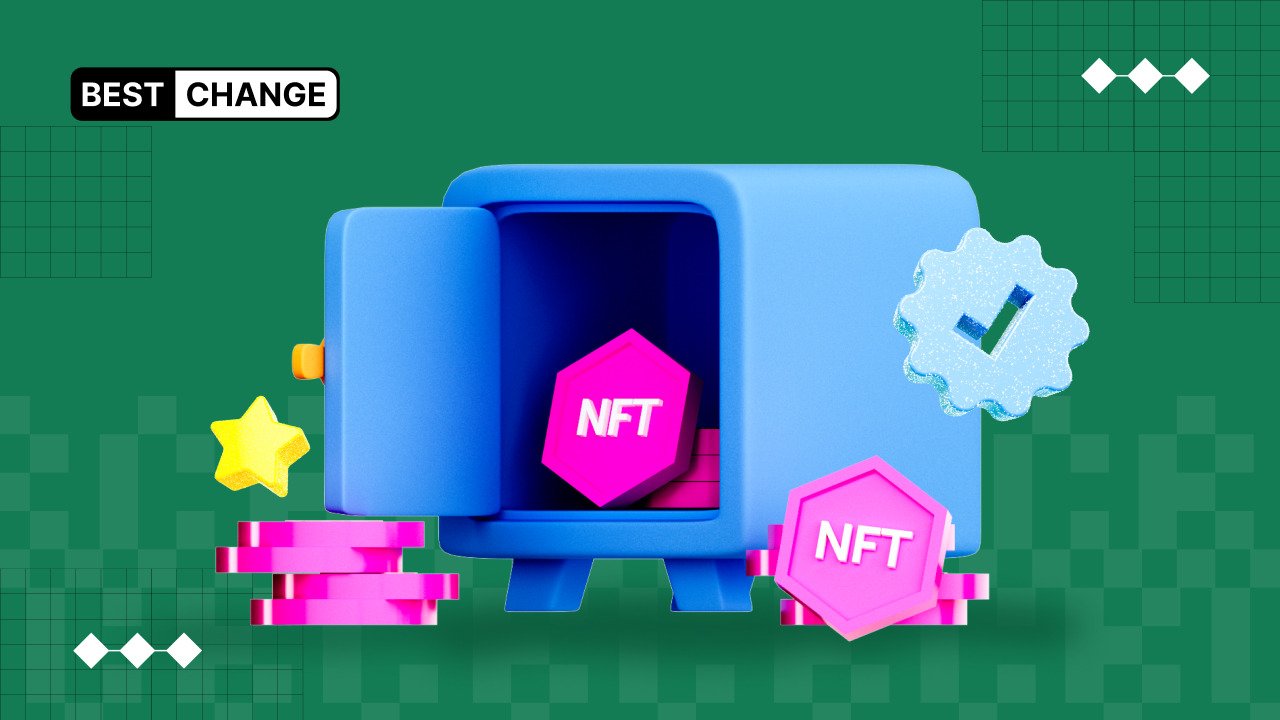6 areas where NFTs are already being used today

Initially, NFTs emerged as a new form of digital art and were mainly used for releasing virtual images and collections. However, let's consider the technology behind NFTs separately from their investment component. It becomes clear that digital assets like non-fungible tokens hold real value and can revolutionize many industries.
Copyright and intellectual property
NFTs are a perfect fit for transferring intellectual property rights, as they significantly simplify the process. A private wallet key serves as proof of ownership of a digital asset, and blockchain makes it easy to track the origin and, therefore, the authenticity of specific rights.
Additionally, blockchain simplifies the creation of systems designed to reward the rightful owners of copyrights or intellectual property.
NFTs can also serve as an investment tool, allowing fans to earn income alongside their idols. This applies to many areas: music, cinema, visual arts, and more.
For example, on platforms like Royal and Opulous, musicians can sell shares in their tracks through NFT tokens. According to Midia Research, in 2023, 12% of independent artists used NFTs to monetize their content. That same year, the music NFT market grew by 210% to reach $520 million.
Lending
NFTs are assets, which means they can be used as collateral for loans, just like any other asset. NFTs can also tokenize any asset suitable as collateral, such as real estate or accounts receivable.
An interesting fact is that the highest demand for NFT-backed loans comes from institutional investors. According to estimates by Messari, they account for about 78% of all issued NFT loans.
The project Centrifuge already enables lending using NFTs as collateral (e.g., tokenized invoices).
On platforms like NFTfi, Arcade, and BendDAO, holders can use NFTs as collateral to receive stablecoins, without having to sell high-value assets.
Digital identification
NFTs can become as legitimate a form of identification as a digital passport.
Don Tapscott proposed the idea of using NFTs for document management in his book "Blockchain Revolution." According to the author, NFTs will replace PDF documents, and a university diploma could be issued as a digital token that cannot be forged and can be verified by an employer in seconds via blockchain.
Projects like Polygon ID and Microsoft ION are already developing similar initiatives. Their developers are testing NFTs for storing diplomas, licenses, and medical records. In Estonia, since 2022, 15% of government services have been provided using NFT-based identifiers.
According to Gartner, by the end of 2025, 44% of companies will be using NFTs for digital signatures.
NFT tickets and loyalty points
Concert, theater, and cinema tickets have long gone digital. Using NFTs not only removes intermediaries in ticket salesóallowing fans to avoid paying extra feesóbut also protects against counterfeiting. This practice is already underway in Europe: according to Event Manager, 19% of European festivals tested NFT ticket sales in 2023.
Additionally, tickets to rare concerts may become valuable collectible items over time. NFT tickets, unlike paper ones, can be stored permanently on the blockchain, and the resale process of such tickets via NFTs will be as simple as buying a product from an online store.
Another use case for NFTs is loyalty points. Nearly all online services use loyalty programs to attract and retain users, offering special points. However, these points are usually locked within the company's ecosystem.
If, instead, companies issue NFTs that users can exchange for any digital assets, it would help expand their audience.
Shared ownership
For some, collecting is not just a hobby but a way to earn income from rare and valuable items. However, not everyone can afford to purchase collectibles worth tens or hundreds of thousands of dollars.
NFTs can serve as a lifeline, enabling shared ownership of artwork and collectibles. For example, a collection of NFTs can be issued and sold, with each NFT granting the buyer fractional ownership of a particular collectible item.
This applies not only to art but also to other sectors like real estate. Projects that tokenize real estate using NFTs already exist. For example, the platform RealT allows users to purchase shares of residential real estate in the U.S. Investors earn rental income and can sell their shares on the secondary market, regardless of where they are in the world.
